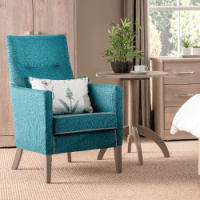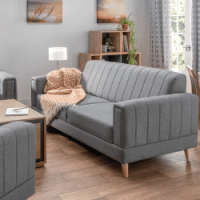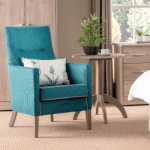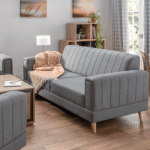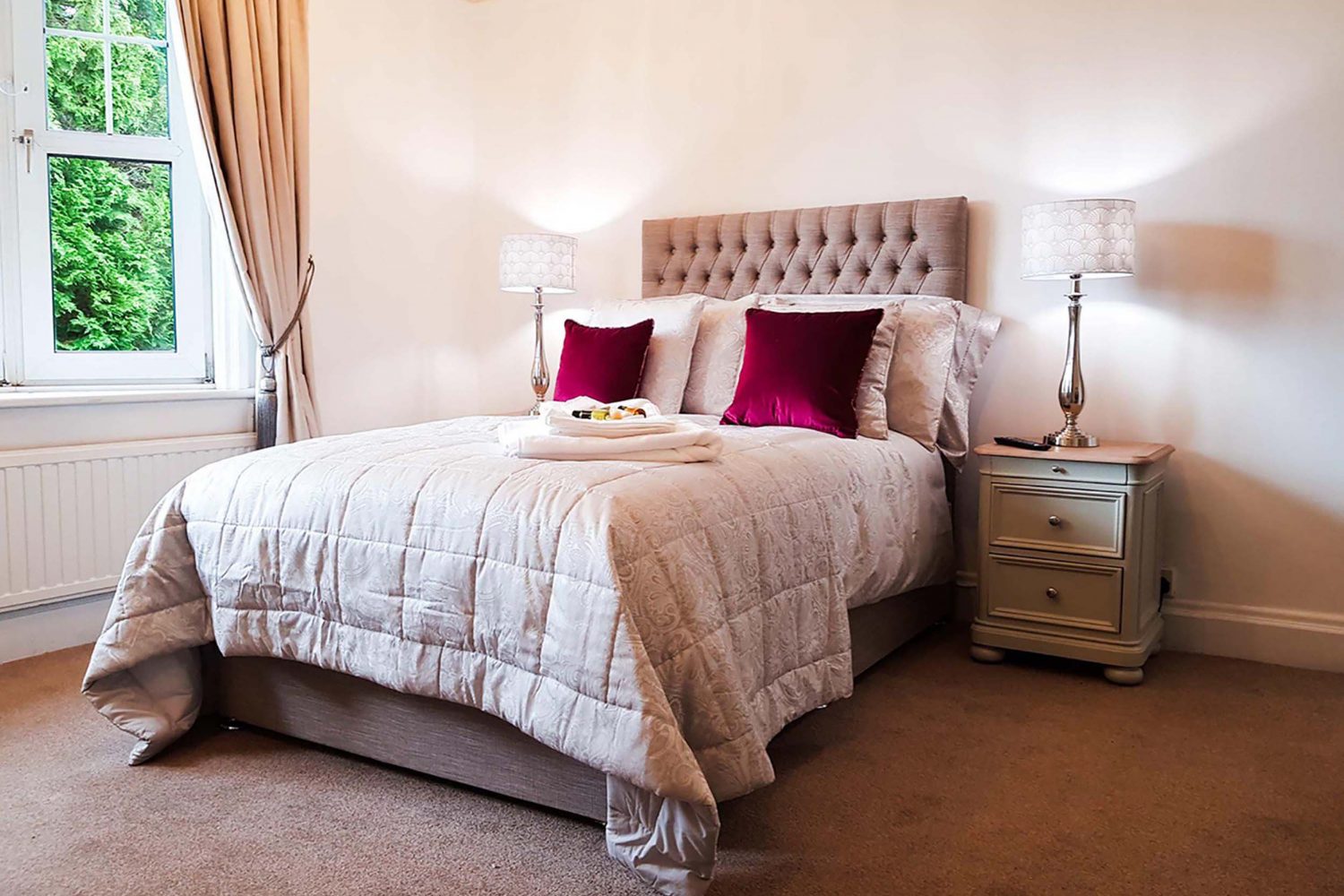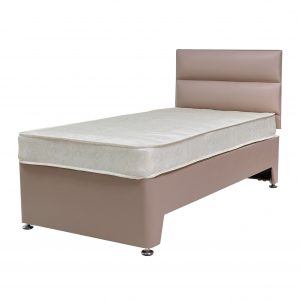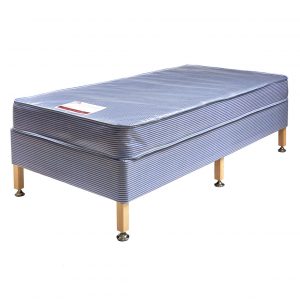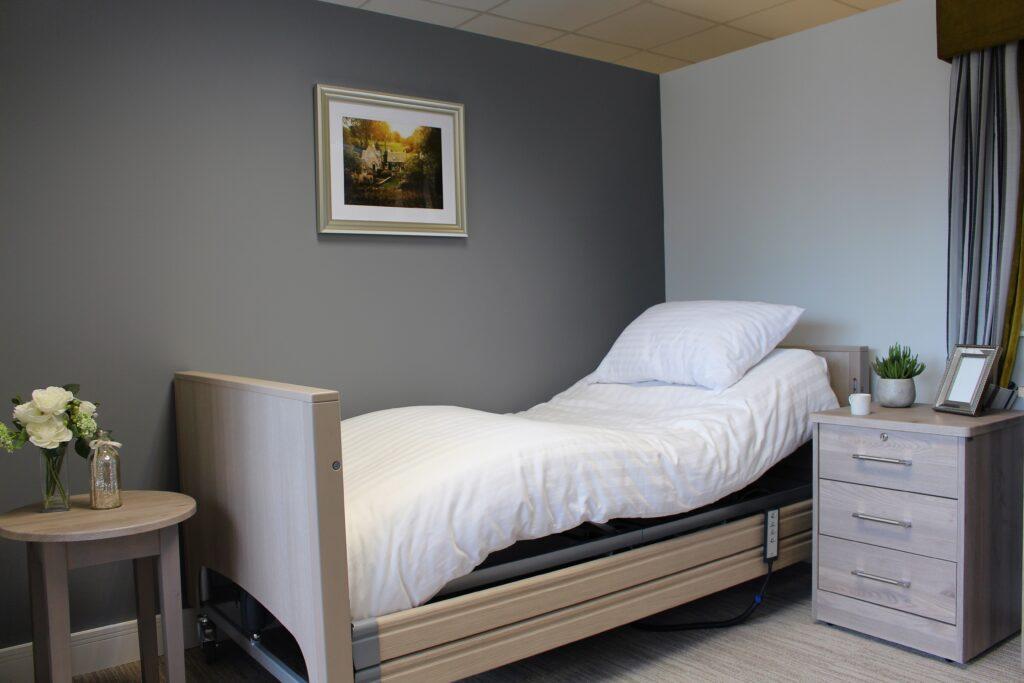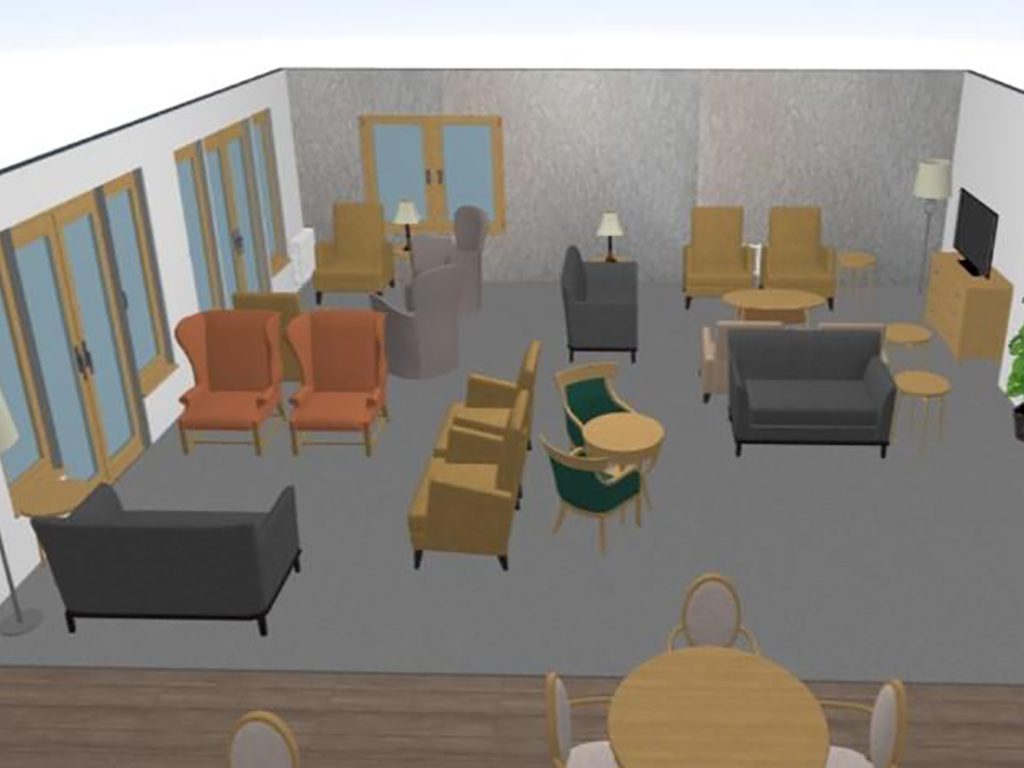We all love a good nights’ sleep, so when you’re choosing care home beds for someone else how do you know that it will be suitable? On average, a care home resident will spend 11 hours a night in bed, whilst not all of this is spent asleep, this is almost half a day spent in bed. Based on this you can understand the importance in finding the right care home bed for your residents. You will often find that whilst some residents will require an electric profiling bed, many will be more suited to a traditional divan bed or similar. In this blog we explore some tips for choosing the ideal divan bed for your residents.
Your very first consideration will need to be whether the resident will require a hoist.
- If you are purchasing a bed for a specific room with a resident already living there, then it would be best to consult their care plan to assess whether a hoist would be in use as this will dictate the type of bed they can use.
- If you’re looking to replace all of the beds in the home for instance, then you could look at having a couple of options that can be moved between rooms depending on the needs of the user.
- If a hoist is required then you will need to select a base that has sufficient room underneath for the hoist to be maneuvered into position and operated safely. A divan base on legs would be best suited, such as our Loren or Verna bed bases.

Our Loren Divan Bed Base>>

Our Verna Bed Base>>
Of course you will also want to look at the interior style of your home as well as the bedrooms in particular. There are so many options for bed bases on the market that you’ll inevitably find one to suit. We’d recommend considering the following:
- For younger adults a metal or wooden bed base may be preferrable due to the more contemporary style and similarity to a bed they would be familiar with.
- Metal bed bases are incredibly strong, as are box bed bases, therefore if you do need a base that can withstand more challenging behaviours, these are both good options to look at.
Traditional divan beds like the Verna, Kalvo or Loren would be more familiar to older people and are always a popular choice. These bases will also be you options if you do need something waterproof but as there is textile upholstery involved it will be important to check that the base conforms to the relevant FR standard (you can read more on this in our FR blog here).
Traditional homes that choose a divan base may also want to incorporate a valance to cover the base itself and be in keeping with the interior scheme. For a more contemporary home where you also want a divan base you could consider an upholstered base like the Loren or Oster which is designed to be on show.
Care Home Electric Beds
Profiling beds, also known as low profile beds or care home electric beds, are beds that are designed for individuals who require a adjustability of sleeping or sitting position. Elderly people are often at risk of falling out of bed or have mobility limitations.

These beds have a lower height than traditional beds, which makes it easier for the individual to get in and out of bed and reduces the risk of falls. They can also be used for individuals who have recently had surgery or a stroke. Overall, the use of profile beds in care homes can improve the safety and comfort of residents with mobility limitations. See our blog on the how to use profiling beds>> and see what benefits they can bring to your staff and residents.
Waterproof Care Home Beds
Continence care is a key aspect to consider when purchasing a new bed base. In order to maintain dignity, there are certain measures that can be put in place to mitigate incontinence. Purchasing a base that is waterproof will help to maintain the longevity of the bed, as well as ensuring that your residents are kept comfortable. When considering waterproof bases there are two main options:
- Bed bases with a PVC covering – highly durable and waterproof PVC covering which is suitable for most care environments and both elderly and younger residents.
- Bed bases with a vapour permeable covering – also highly durable and waterproof but this covering is also anti-fungal and anti-bacterial and is also breathable which can be of benefit for those that do spend prolonged periods in bed.
Do you need a headboard? If you are choosing a divan base then the headboard is separate and you’ll need to consider if you would like one of these too. For wooden and metal bases the headboard is integral.
- Size of the room. If you have the space it can be nice to give the residents an option of a 4ft bed base rather than a single sized 3ft. Residents who have recently moved to a care home would often be more familiar with a double, or larger, sized bed.
- Ease of cleaning. It can often be a good idea to consult with cleaning staff to check that your choice of base won’t cause any unforeseen cleaning problems such as if there are lots of parts of the base that are hard to access and therefore hard to clean.
- Its often the finishing touches such as the bedding, bed runners and cushions that can make all the difference to provide a room that your residents are comfortable and feel at home in.
- Of course, don’t forget the mattress! Click here to view our range of mattresses>>.
We hope you’ve found this blog on care home beds helpful, if you’d like any further assistance then please contact our expert team on 01603 664900 or sales@furncare.co.uk.

